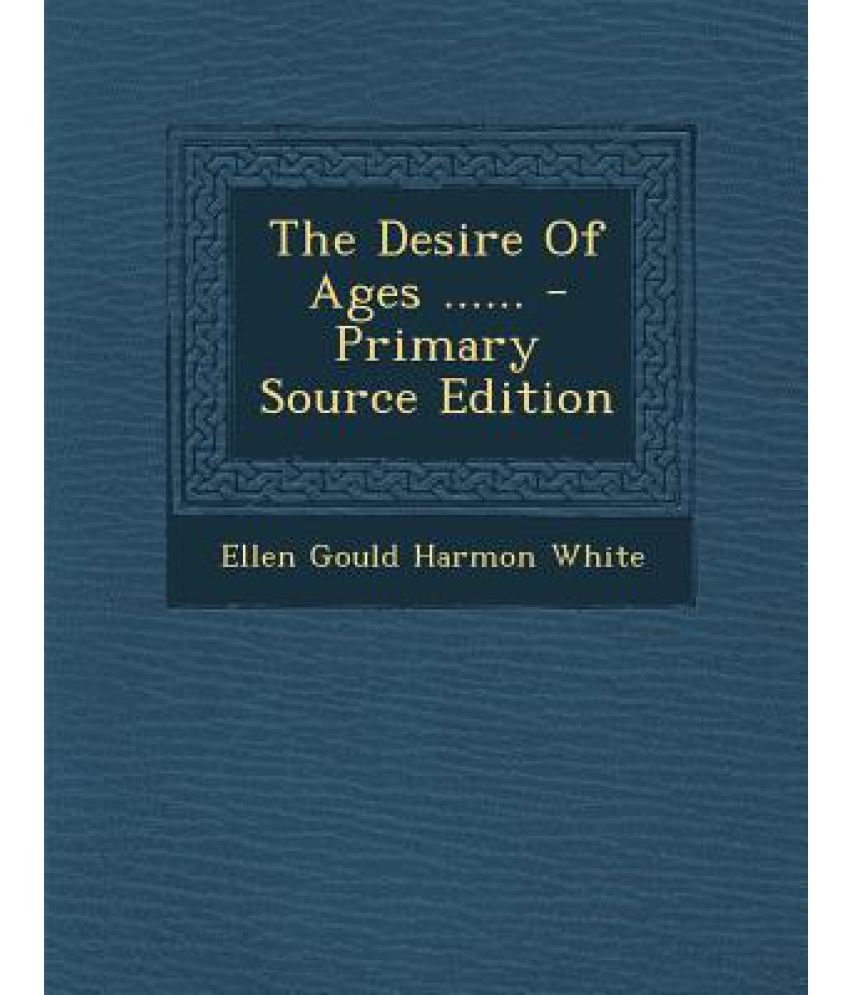


It is “uncanny” rather than dangerous, and the special kind of fear it excites may be called dread. It would not be based on the knowledge of danger, for no one is primarily afraid of what a ghost may do to him but of the mere fact that it is a ghost. But if you were told “there is a ghost in the next room”, and believed it, you would feel, indeed, what is often called fear, but of a different kind.

Suppose you were told there was a tiger in the next room: you would know that you were in danger and would probably feel fear. Those who have not met this term may be introduced to it by the following device. The first of these is what Professor Otto calls the experience of the Numinous. In all developed religion we find three strands or elements, and in Christianity one more.In this, then, Christianity is the culmination of what human history was leading up to. There’s not just ‘want,’ but ‘ought.’ Third, the Numinous becomes the governor of the moral ought. This is not just fear of danger it’s similar to the beauty. So, for this chapter, Lewis shows that belief in Christianity is well founded, using a four-fold argument. The problem of pain exists because of the belief in God. I must add, too, that the only purpose of the book is to solve the intellectual problem raised by suffering for the far higher task of teaching fortitude and patience I was never fool enough to suppose myself qualified, nor have I anything to offer my readers except my conviction that when pain is to be borne, a little courage helps more than much knowledge, a little human sympathy more than much courage, and the least tincture of the love of God more than all.What’s needed more than knowledge is courage, and more than courage, the love of God. He’s hoping this is nothing new, but just orthodoxy. Lewis says he’s not an expert in carrying out what he’s says, nor is he a theologian. (I will be citing the copy of The Problem of Pain printed by Harper Collins.) But I would very much encourage you to read any of the Lewis’ quotes. If you want to get a quick but decently detailed outline of the book, you can just read the chapter summaries. Then I will provide no more than five quotes from each chapter (I could’ve included many more! But I’ll limit myself to five). For each, I will give a chapter summary, trying to formulate his chapter thesis in my own words. The book consists of a preface and ten chapters (plus an appendix not written by Lewis, so I will not include a summary nor quotes). And it is in this, Lewis argues, that we can start to give a response to the problem of pain. But Lewis’ main argument, thesis, and answer to the question throughout the book is that God can use evil and pain to mold us and make us into who we each were made to be. To provide an answer, Lewis delves into many areas of Christian thought-apologetics, God’s goodness, the Fall of humanity, heaven, and even animal pain.

He calls this “the problem of pain.” Traditionally many have used the term theodicy. In the book he seeks to reconcile God’s power and goodness with the presence of evil.


 0 kommentar(er)
0 kommentar(er)
